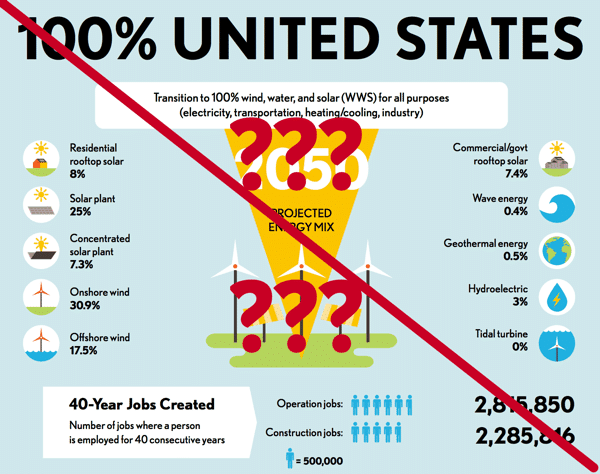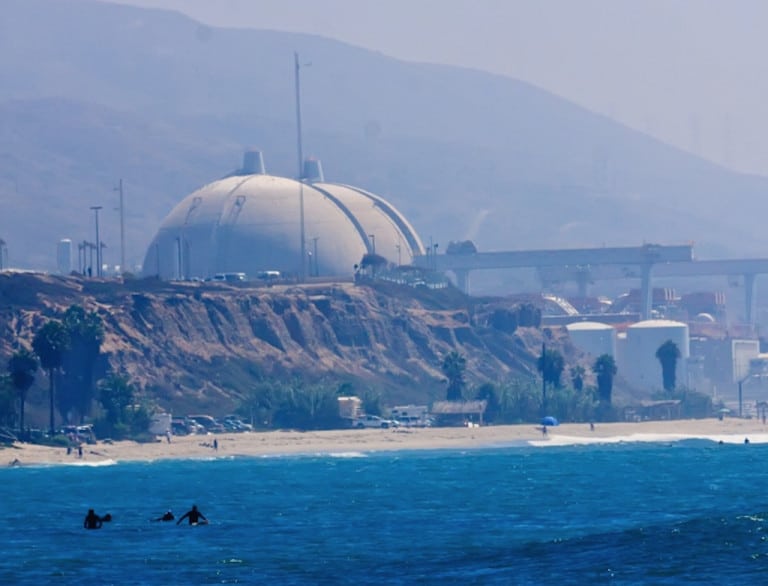Atomic Show #309 – Matt Huber, Geography of Energy
Matt Huber is a professor of geography at Syracuse University. He writes about energy, economies and the way that energy sources have influenced modern societies and economies. One of his first books was Lifeblood: Oil, Freedom, and the Forces of Capital (2013) which is very briefly described as follows: Looking beyond the usual culprits, “Lifeblood”…




